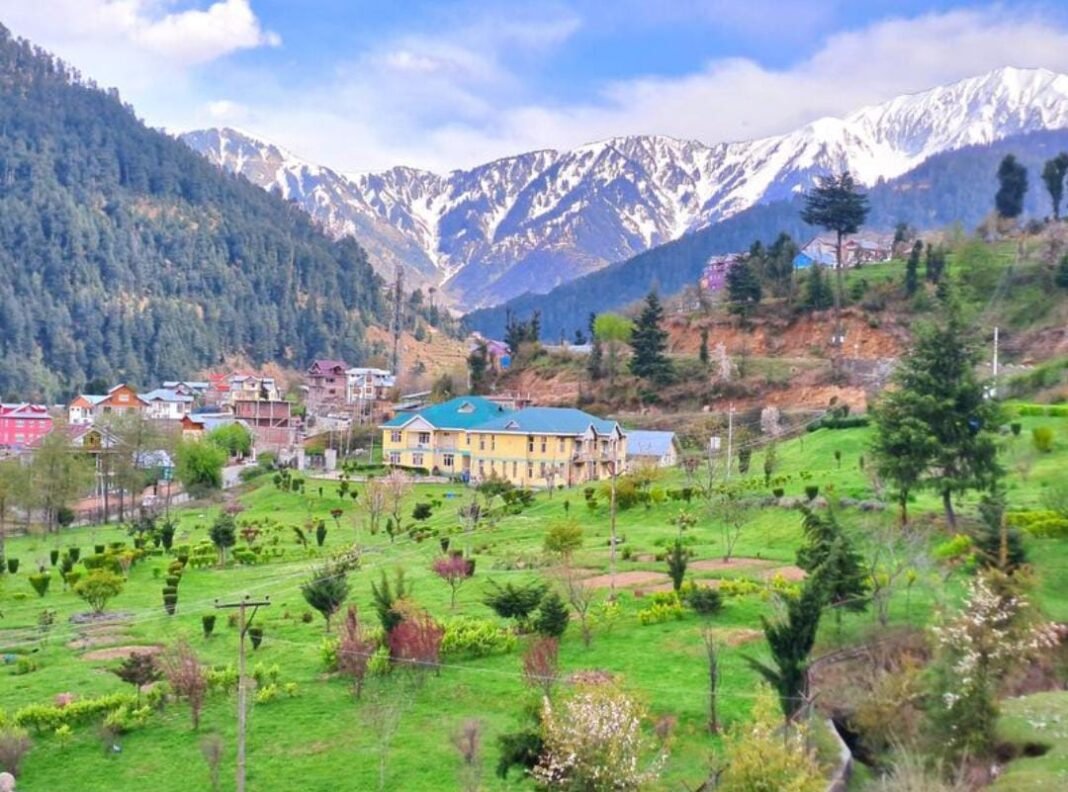Srinagar residents decry worsening power outages despite promises of 24/7 supply
TDD Correspondent
Srinagar, TDD,A prolonged dry spell in Kashmir has brought local hydropower generation to a meager 30 megawatts (MW), triggering a serious power crisis during the harsh winter months.
With temperatures plunging to a record -8.5°C in Srinagar, residents and businesses are struggling to cope with extended outages and unfulfilled promises of improved power supply.
Shahid Yousuf, an engineer at the Chenab Hydroelectric Plant, highlighted the dire situation: “Under normal circumstances, river flows meet power generation needs, but this season, water levels are critically low. Even with controlled releases, production falls drastically short of demand.”
The crisis has left a significant dent in the Valley’s economy. Shafqat Hussain, President of the Kashmir Chamber of Commerce, noted, “The erratic power supply is crippling small businesses and industries. From tourism to daily operations, the lack of electricity is stifling livelihoods and affecting productivity.”
The situation is equally grim for farmers. Farooq Ahmad, a farmer from Baramulla, shared his plight: “Our fields are suffering due to water shortages. On top of that, the power cuts prevent us from running irrigation pumps effectively. If this continues, we will lose an entire crop season.”
Experts link the problem to climate change. Dr. Faisal Mehmood from the University of Kashmir explained, “Low rainfall and slower glacier melt have drastically reduced river water levels. This is a stark reminder of how climate change is now directly impacting essential services like electricity generation.”
Despite the installation of smart meters and insulated cables, locals complain of no improvement in electricity availability. “We were promised uninterrupted power supply after installing smart meters, but that’s far from reality. Power cuts have become routine and the curtailment schedules are meaningless,” said Shabir Ahmad, a resident of Srinagar.
The Jammu and Kashmir Power Development Corporation (JKPDC) has acknowledged the crisis, with a senior official stating, “Local hydropower generation has plummeted to just 30 MW. We are heavily dependent on power imports, which strain the exchequer and fail to meet demand, which ranges from 2,800 to 3,000 MW during winters.”
While the administration explores alternative energy sources and infrastructure upgrades, the immediate outlook remains bleak. Residents are bracing for prolonged outages, with freezing temperatures exacerbating the challenges.
As Kashmir navigates one of its harshest winters, the crisis underscores the need for urgent action to bolster power generation and reduce reliance on unpredictable hydropower sources. (TDD)





